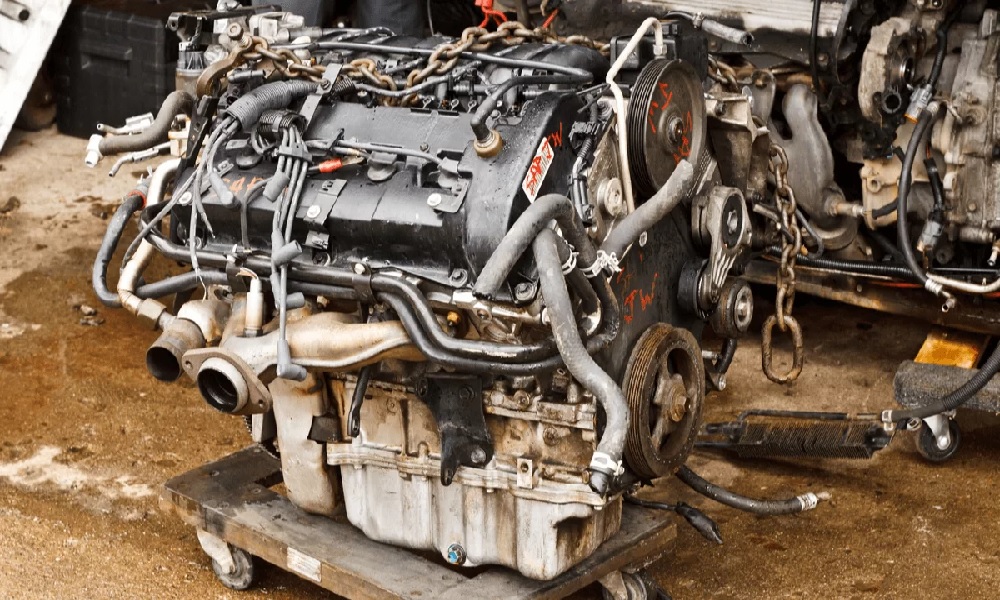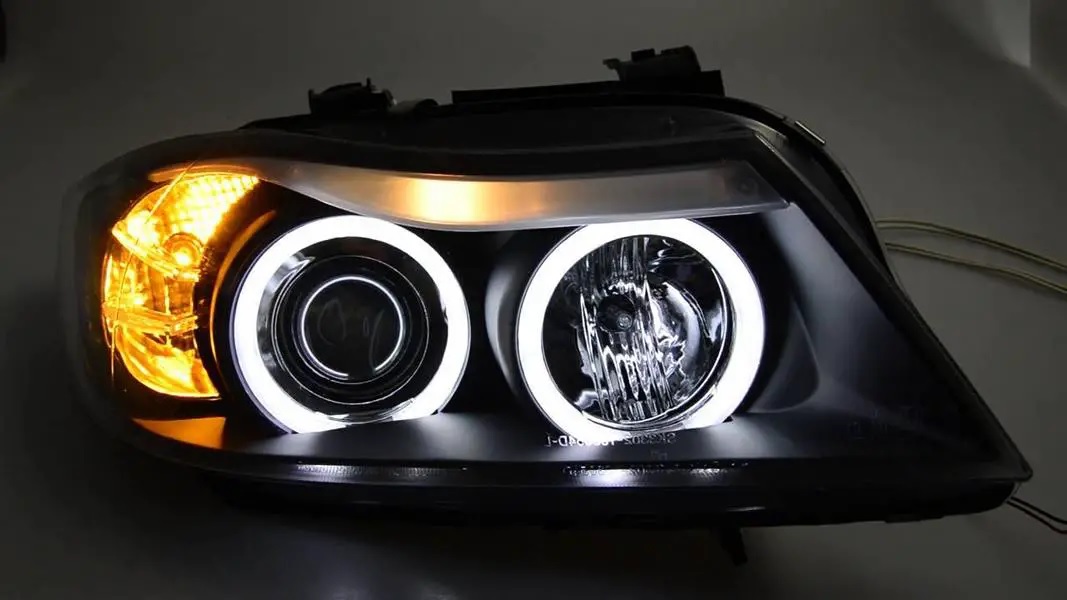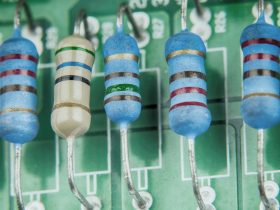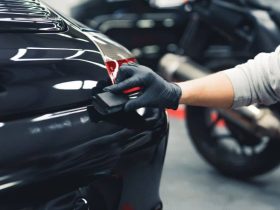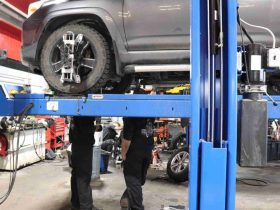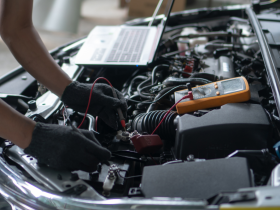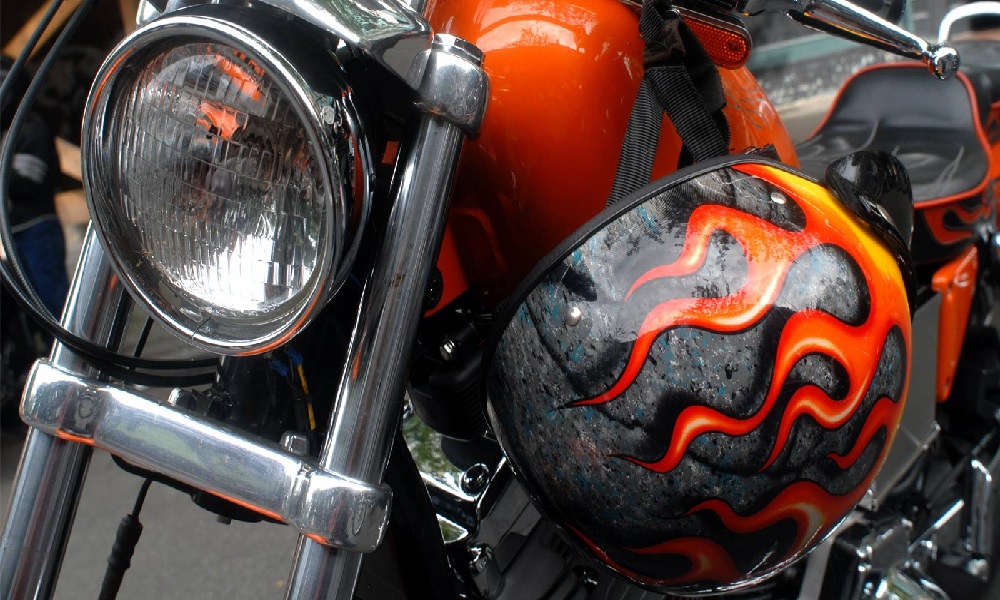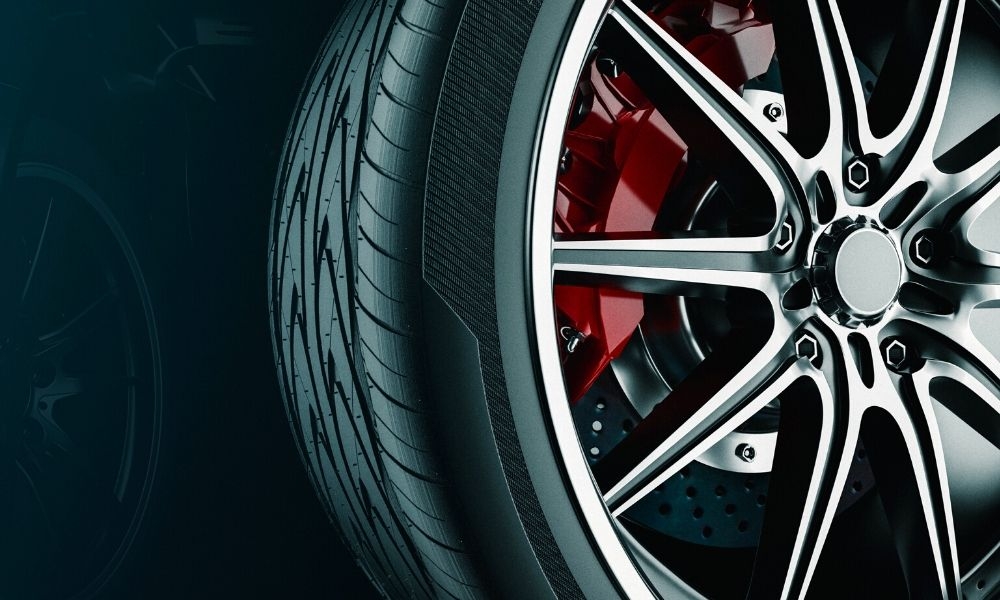Engine swapping is a popular way to upgrade your vehicle’s performance and customize its look. It involves removing the original engine and replacing it with a new one that offers better power, torque, and fuel efficiency.
Why Swap Engines?
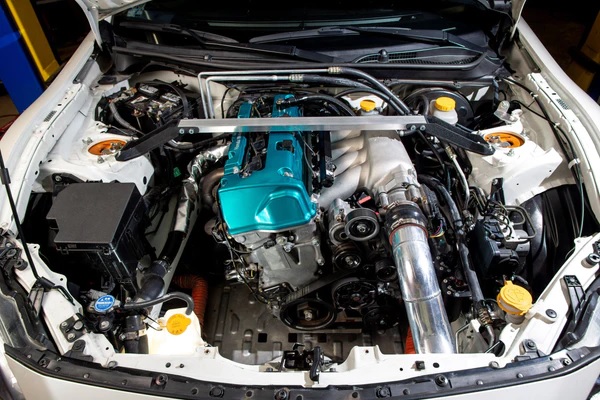
There are several reasons why car enthusiasts choose to swap engines. Some do it for the sheer joy of modifying their vehicle, while others want to improve its performance. Here are some of the benefits of engine swapping:
- Better power and torque: A new engine can provide more power and torque than the original one, resulting in better acceleration and overall performance.
- Improved fuel efficiency: A new engine can be more fuel-efficient than the original one, which can result in savings on gas and money.
- Customization: Engine swapping allows you to customize your vehicle’s look and performance to your liking, making it unique and personal.
- Increased reliability: A new engine can be more reliable than an old one, reducing the risk of breakdowns and expensive repairs.
Choosing the Right Engine
Choosing the right engine for your vehicle is crucial for a successful engine swap. Here are some factors to consider:
- Compatibility: The new engine should be compatible with your vehicle’s transmission, electronics, and other components.
- Performance: Consider the type of driving you’ll be doing and choose an engine that offers the performance you need.
- Cost: Engines can range in price from a few hundred to several thousand dollars. Make sure to choose an engine that fits your budget.
- Brand: Consider the reputation of the engine brand and its reliability.
The Engine Swap Process
Engine swapping is a complex process that requires knowledge and expertise. Here are the basic steps:
- Remove the old engine: This involves disconnecting and removing all components attached to the engine, including the transmission, exhaust system, and cooling system.
- Prepare the new engine: This involves installing new components, such as the flywheel, clutch, and intake manifold, as well as checking the condition of the engine.
- Install the new engine: This involves carefully lowering the new engine into the vehicle and attaching it to the transmission and other components.
- Connect the wiring and electronics: This involves connecting all the wiring and electronics to the new engine, including the fuel injection system and sensors.
- Test the new engine: This involves starting the engine and testing it for leaks, vibrations, and other issues.
Conclusion
Engine swapping is a great way to customize your vehicle and improve its performance. However, it’s important to choose the right engine and have the necessary knowledge and expertise to complete the process successfully. With the right engine and a skilled mechanic, you can enjoy a unique and powerful ride that reflects your personality and style.

